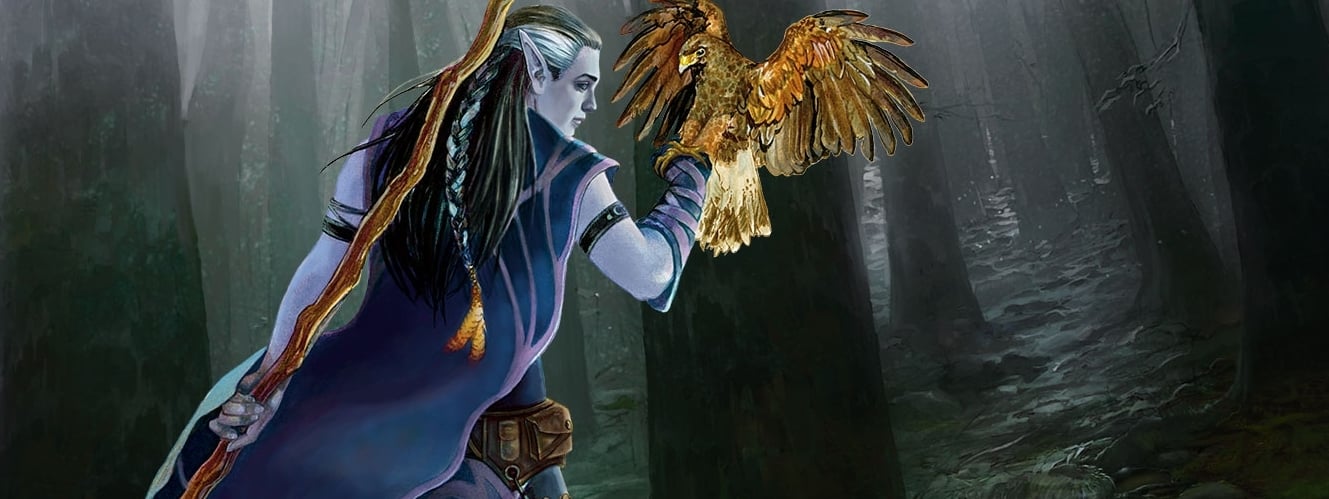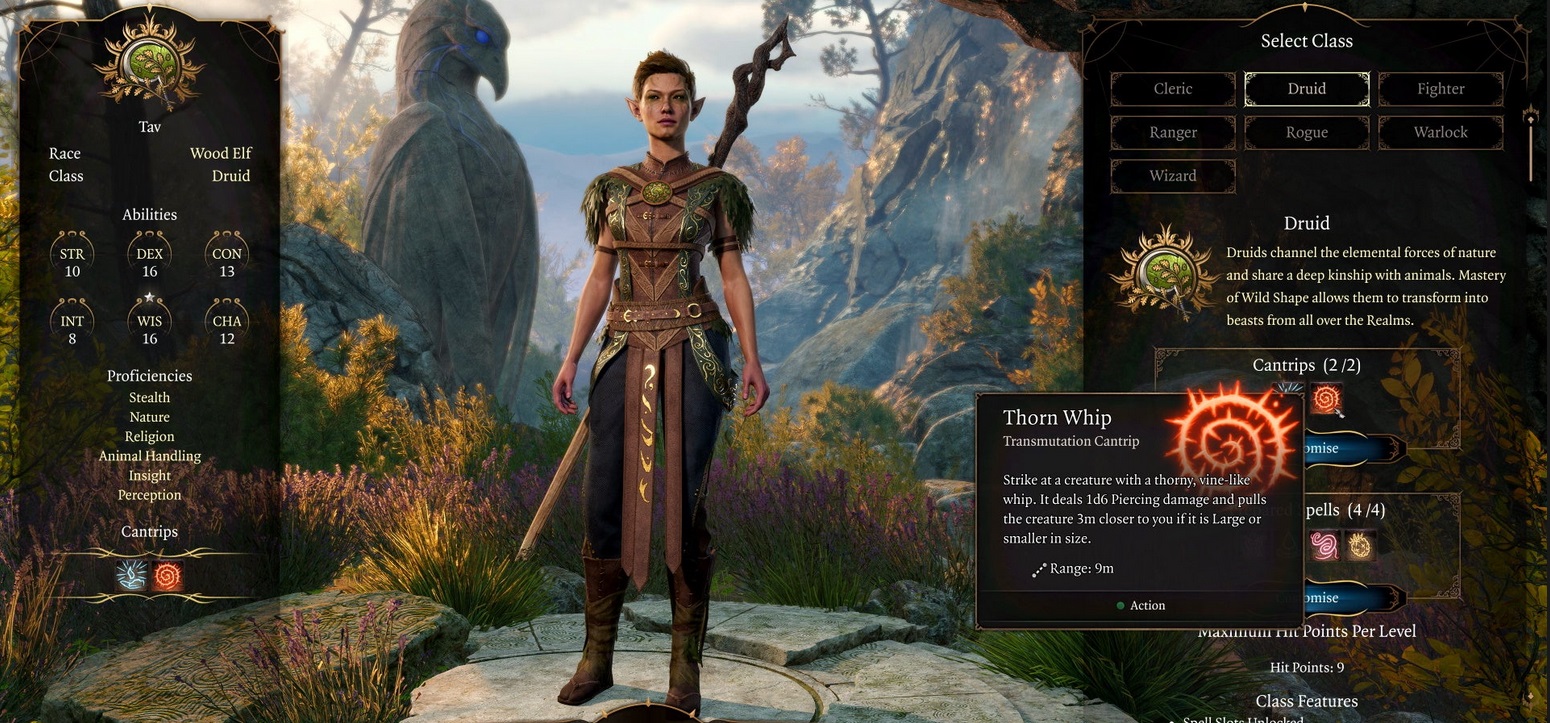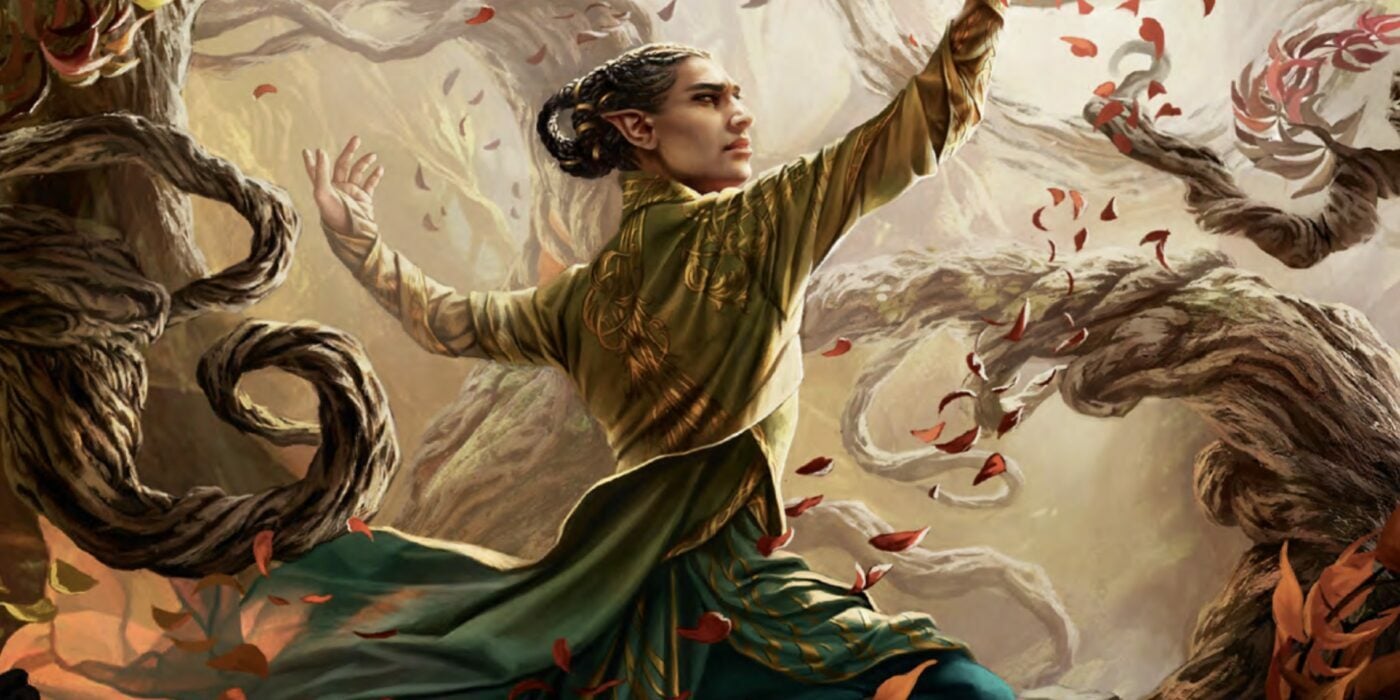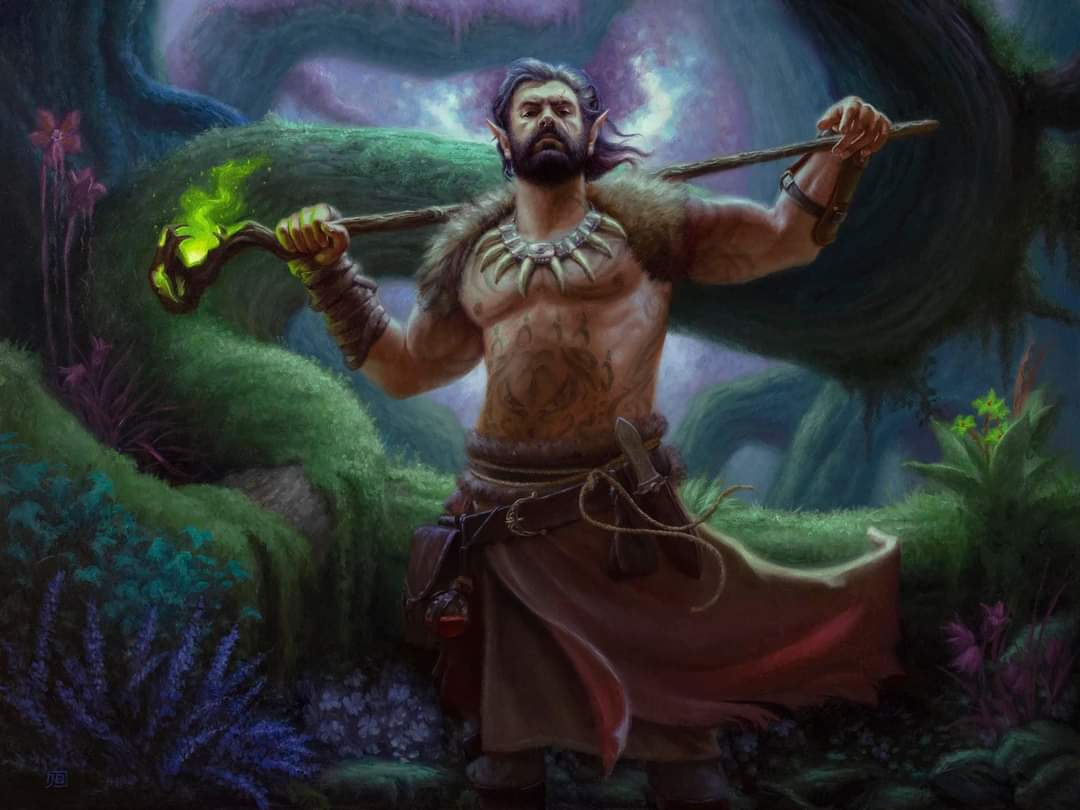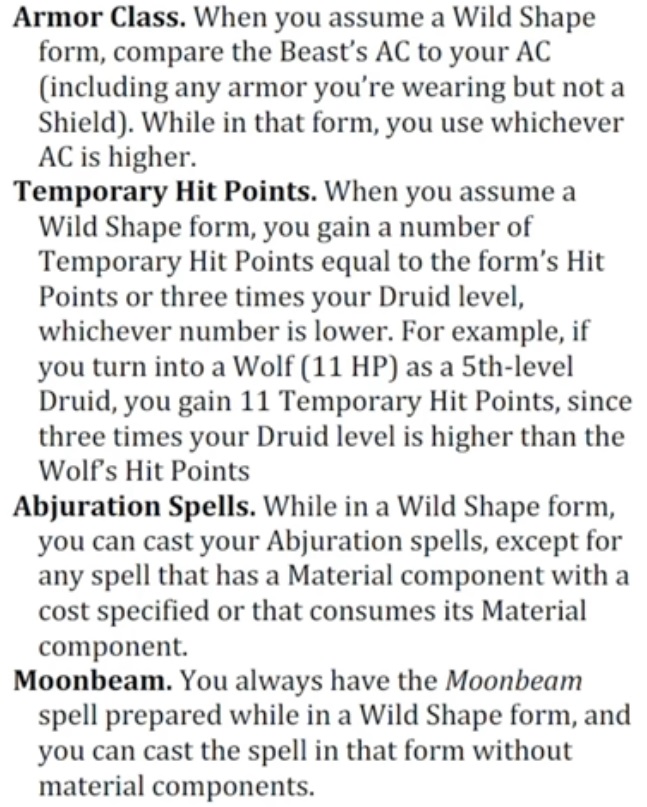D&D: New Druid Playtest Rules Put the Wild Back in Wild Shape
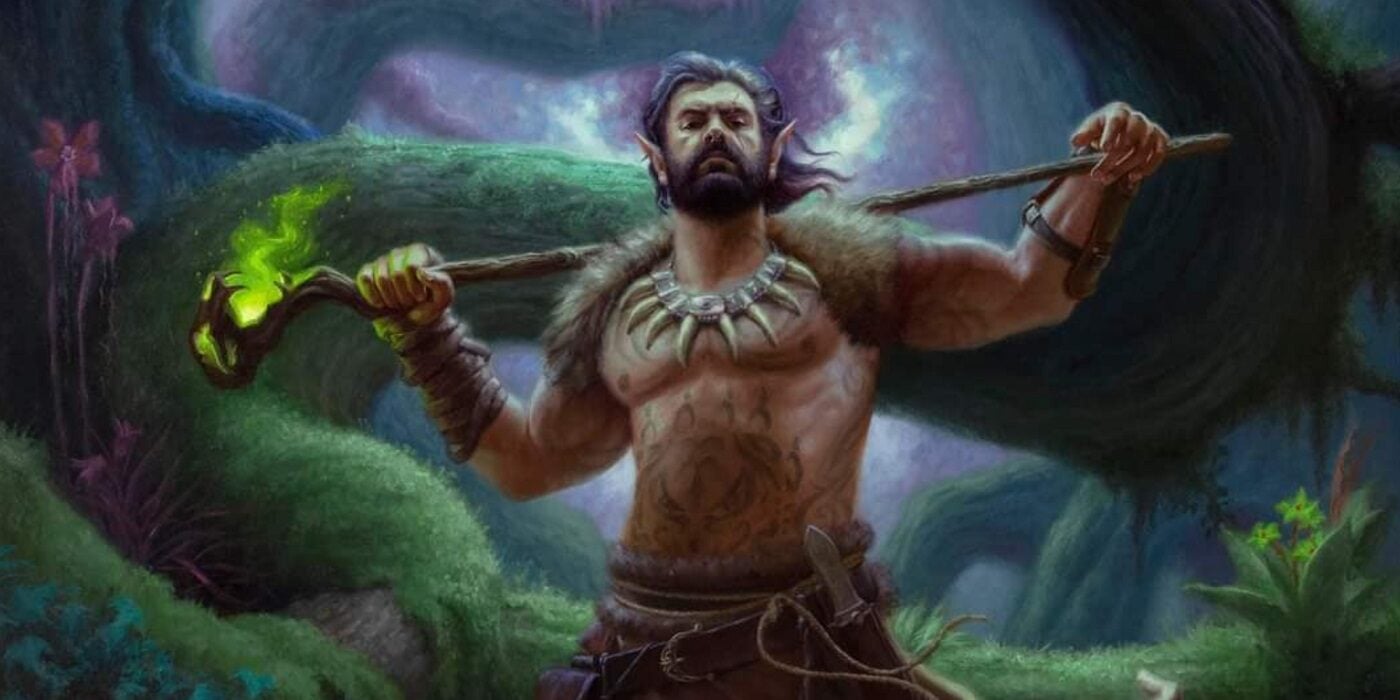
The new Druid playtest gives a lot of love to Wild Shape, but not in the ways you might think. Take a look at what’s new!
Not long ago WotC did a playtest for Druids and Paladins, among other things. And not long after that, both classes got a revamp, with Druids seeing some significant changes and reversions of changes from the previous document. Now they play a little more like they did in D&D 5E, but the new Druid rules on display in this playtest really give a lot more to Wild Shape.
But weirdly, not when you’re using Wild Shape to turn into a beast. So what makes the new Wild Shape more Wild? It’s all the ways you can use it that aren’t turning into an animal and going to battle.
Druid Overview
Druids and Wild Shape are inextricably linked, as far as D&D is concerned. And the New Druid is no different. The biggest change by far is the change to Wild Shape. Aside from the nature spells, this is the heart of the class’s identity. And it shows.
Overall the changes to Wild Shape are net improvements. You gain more uses of them, starting with the standard 2, but then raising up to 3, 4, and even 5. And also now Wild Shape is a Bonus Action, which is another one of those changes that feels like it should always have been there. And you can talk while you’re transformed into a cat or whatever. No spells though.
A lot of other clean-ups/quality-of-life improvements make Wild Shape less confusing. No more worrying about which saves or skills to use, or waiting to pick a form that has a Swim Speed (you can do that at level 1 now, though Flight is still gated off behind higher levels).
It’s worth noting that you keep your species traits when you Wild Shape as well. Which is interesting. Because this means a Plasmoid that Wild Shapes into a Wolf, for instance, can still theoretically become an amorphous blob. Or if you’re a Tortle Druid, you’ll still have the bonus to AC from your shell, even if you turn into a wolf. Presumably, even Aarakocra Druids will get to fly while they happen to be turned into a Wolf.
Even the old restrictions of “you must have seen the beast before” are gone. Now though, you’re limited to a small selection of forms (starting at 3), but you can change which forms are available to you after a Long Rest. And further, you can now either spend a 1st-level spell slot to gain Wild Shape or use Wild Shape to get an extra 1st-level spell.
And Druids still get stuff on top of that. Including at 7th level a feature that lets you boost Cantrip damage or Weapon damage (which improves again at 15th level), along with getting Commune with Nature for free, and of course, the ultimate Archdruid feature which is extremely good.
Subclass Spectacular
Where Druids really get a change though is in their new subclasses. There will be four in the new book, we get a look at three, starting with Circle of the Land. This is now the ultimate spellcaster Druid. They get so many new spells, and a big part of this comes from picking a terrain type:
But you can change which land type you have after any long rest. So not only do you get access to some spells that are hard to come by for Druids (Fireball!) you get so much more versatility and flexibility by being able to change. And on top of that Land’s Aid lets you use Wild Shape as a Magic Action to deal 2d6 Necrotic Damage to an enemy while healing 2d6 hit points to a nearby ally. Both the damage and healing scale as you level for a gift that keeps on giving.
Circle of the Sea is a brand new, and very powerful Druid subclass. This new Druid subclass also gets a new way to use Wild Shape. This time you manifest an aura that forces an enemy within 10 feet of you at the end of your turn to save or take [your Wisdom modifier] d6 damage and be pushed back 15 feet!
And it only gets better, at higher levels, you get a Fly Speed and resistance to damage, and at the highest levels, you can manifest your aura around yourself and one other person, giving you so much extra damage for free.
Finally we get the new Circle of the Moon, which at first glance seems to be better. You get a new swath of benefits when using Combat Wild Shape:
And on top of that, you get access to a Moon Powered teleport, which lets you take a Misty Step and get advantage on the next attack. Plus once you run out of this resource, you can spend 2nd level spell slots to recharge it.
Weirdly enough, the changes to Wild Shape end up limiting the Moon Druid who used to rely on having a free hundred or so hit points from the Combat Wild Shape. But those days are over, friends.
The fourth Druid subclass is the Circle of Stars, which appeared originally in Tasha’s Cauldron of Everything and will return (whether reprinted or remade) in the new Player’s Handbook.
What do you think of the new Druid?

